Talented machinist and motorcycle visionary Bill Arnold built this incredible twin engined Indian back in 1923. It now resides here in Australia. Words & Photos: Knackers BDP...
In 1923, with no guides on how it needed to be put together or even a benchmark to aim for, skilled machinist Bill Arnold set out on a blind build that was clever and unique. He took two motors and morphed them into a bespoke but factory looking V4 racer, the Twindian.

Talented machinist and big dreamer, Bill Arnold, built Twindian in 1923. What a hot rod for the era…
How did this ideology of Indian heart beats begin? Way back around 1923 a bloke in California named Bill Arnold had a motorcycle racing concept he wanted to bring to reality. He was a machinist who worked for the Friden Calculator Company of San Leandro-USA.
Bill had the major ambition to build a unique racing motorcycle for the Emeryville board track, but he wasn’t keen to just put a racing bike together the same way as the rest of the field.
To actually build a V4 using two stock factory 1916 Indian 61 Cube Powerplus engines cradled by a light weight frame, skinny wheels, rubber and no front brake would have taken a lot of knowledge, knowhow and even more bravery as no one had yet to try out the configuration Bill had in his head.

The two engines share a common inlet manifold and Schebler carburettor. You can imagine the noise from the open pipes! It must be sensational…
He showed that he had the talent, skills and designs all of his own to succeed in doing all that, regardless of what most at the time might’ve believed couldn’t be done.
The engines are joined via a shaft between the two cranks and the fuel is fed using only a single inlet manifold fitted to a Schebler carburettor. The spark is fulfilled with twin Bosch magnetos while the fuel and oil tanks are widened to provide for the extra engine. A drum brake at the rear is fitted and the rest, apart from some modifications to suit the V4, is factory Indian.

The spark is fulfilled with twin Bosch magnetos while the fuel and oil tanks are widened to provide for the extra engine
Once it was sorted, Bill actually used it a lot on the street and raced it until it was basically worn out in 1929, when it was finally parked. During those years when it was being ridden, it wasn’t just Bill riding.
There was a legend of motorcycle and car racing by the name of Erwin ‘Cannonball’ Baker. He was the first man to cross America on a motorcycle, which is where the Motorcycle Cannonball Endurance Run began, an event now consisting of getting across the USA as fast as possible.
Although it wasn’t the easiest of gigs when he was doing it over 100 years ago, his first jaunt in 1912 was a 22,000km ride to South America; no comfort factor or support crew either. His list of his achievements on two and four wheels is extraordinary and unequaled. Cannonball Baker flew the flag for Indian with only one condition of payment, he had to break world records riding an Indian to be paid.
That seemed a tough ask but that’s why he journeyed around the world seeking to break world records, to put food on the table. He came to Australia once and ironically became good friends with our own aviator pioneer of the same Christian name, Henry Baker, from Western Australia who raced and was successful on a 350cc AJS and Brough race bikes.
Going forward to the mid 1960s, Bill’s son, Bob, put some fuel in Twindian and started it. Apparently Bill wasn’t happy with him doing that and the bike was promptly put back into hibernation. The Twindian sat idle and rusting away in the family’s yard for 55 long years, along with an acre of other priceless autos including motorcycles, trucks and even a Tucker car.

Uncovering the Twindian after it sat in a barn for decades, it came to Australia and was restored to its former glory.
The Twindian was discovered rusting in a barn in 1986 along with other motorcycle treasures, cars and scrap metal by family friend Doug King who was entrusted by Bill’s wife, Martha, to totally restore it. He did this with the help of iconic metal fabricator Bob Munroe. It took from 1989 to 2003 to complete the restoration and it’s now part of a private motorcycle collection here in Australia.
1923 Bill Arnold Twindian V4 Gallery

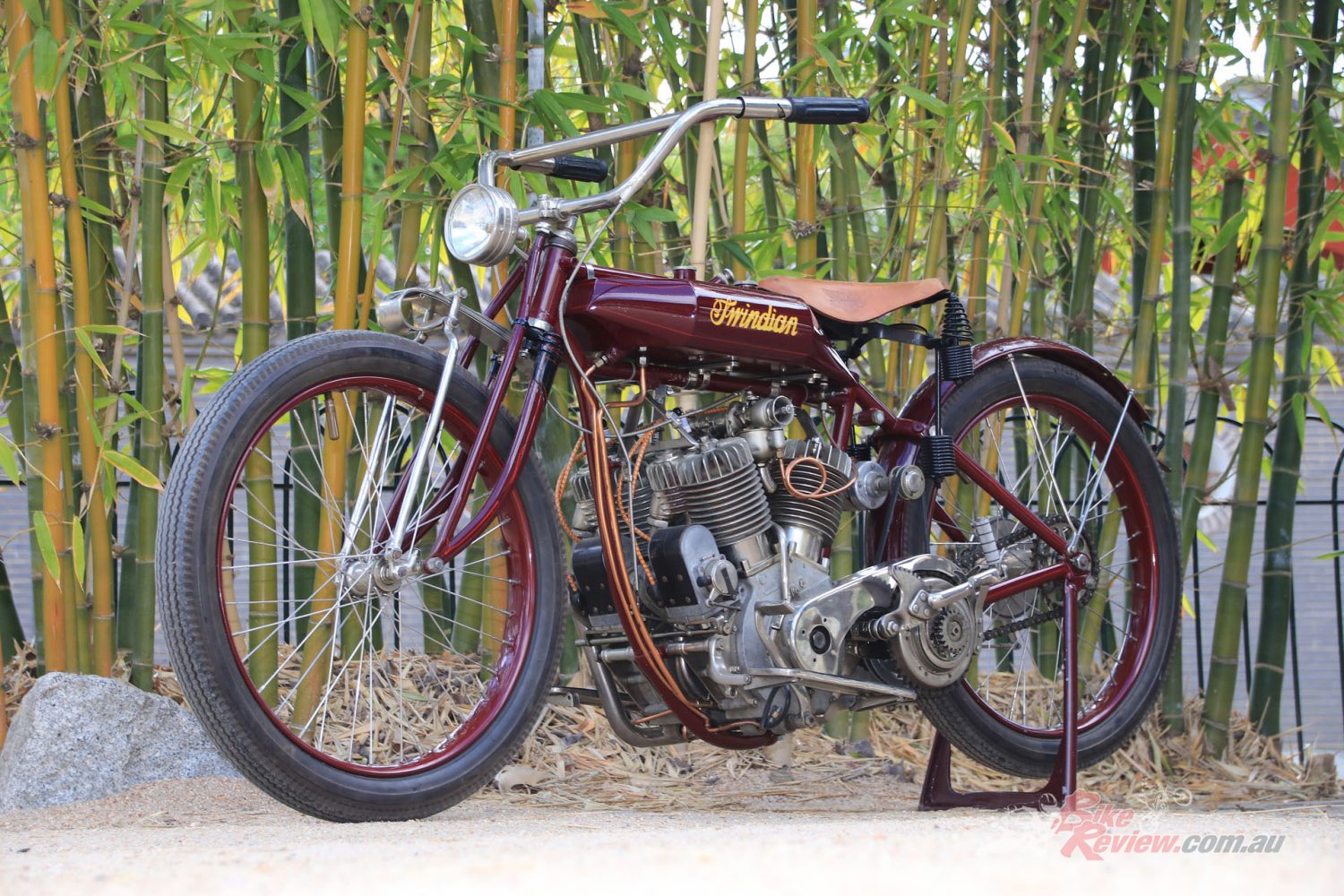
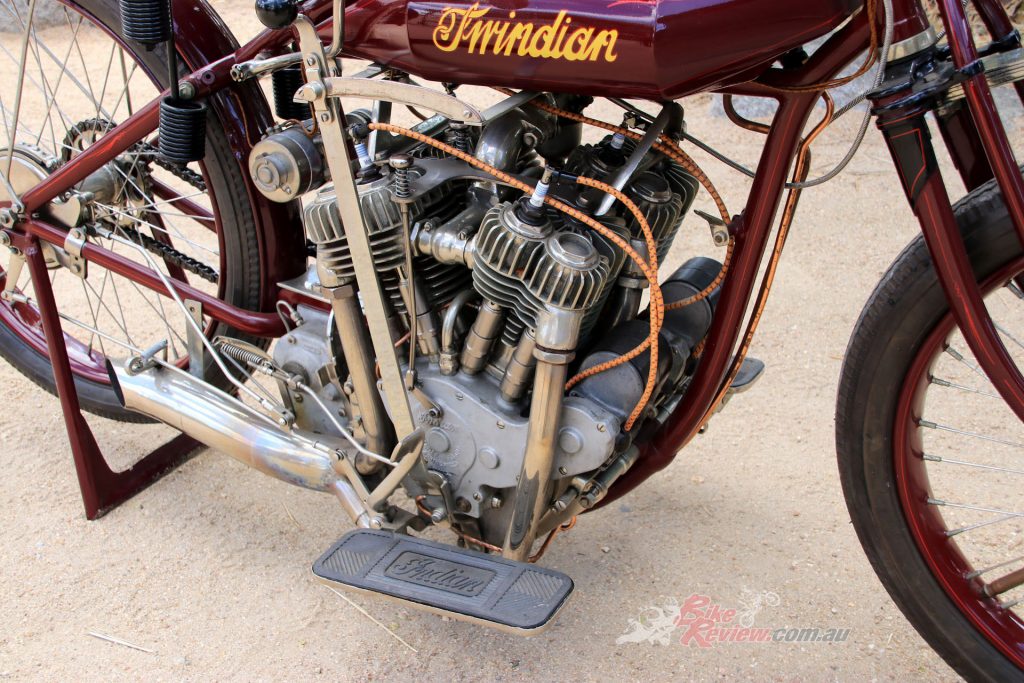
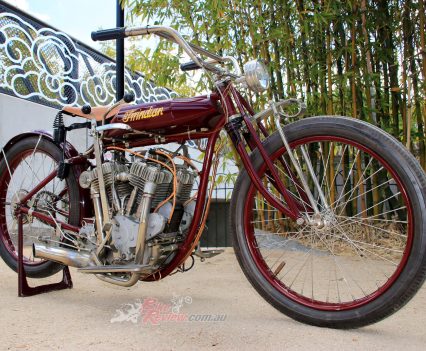


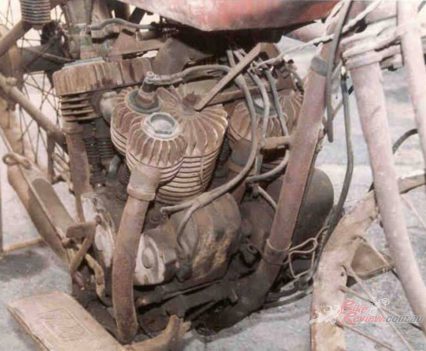
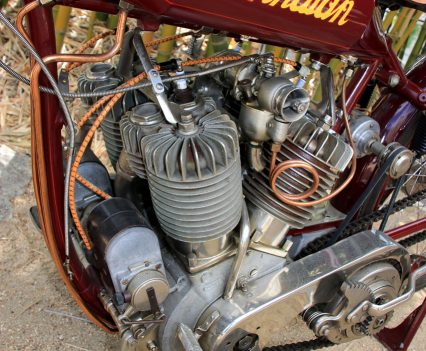

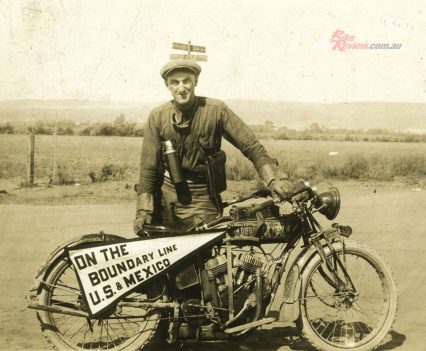
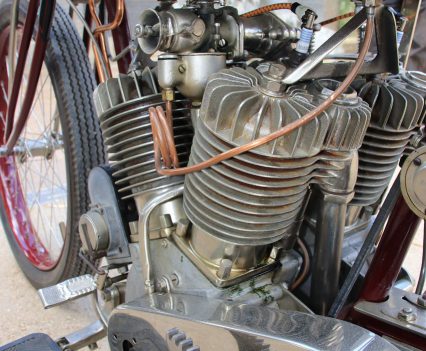
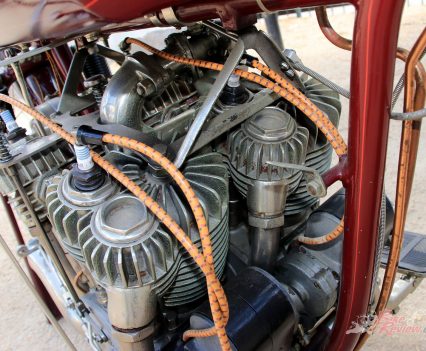


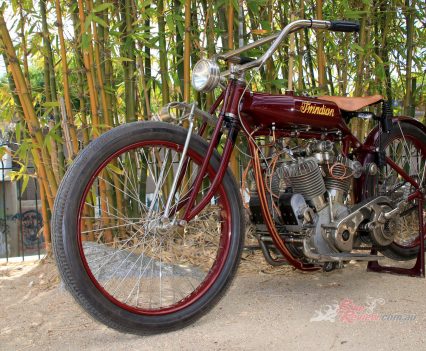
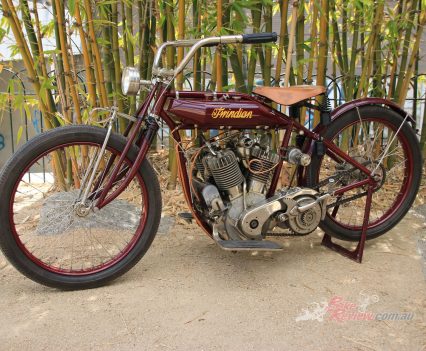
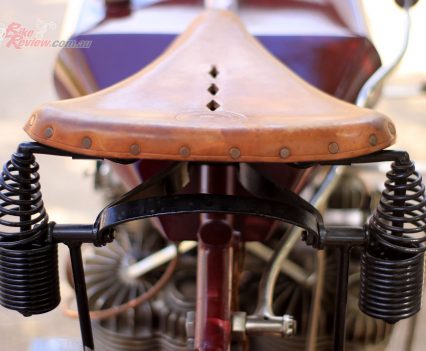
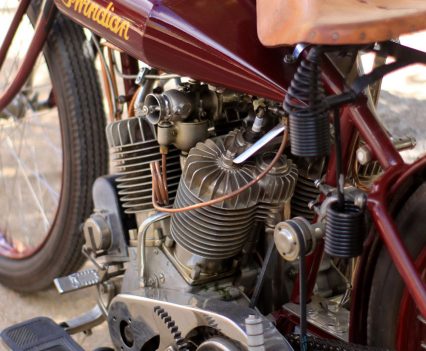
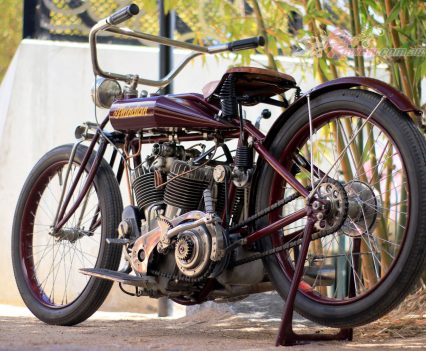

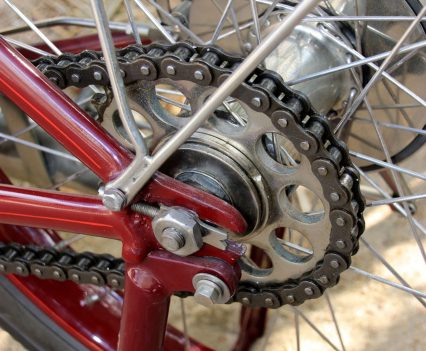
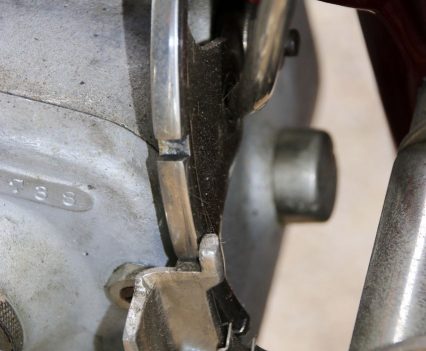


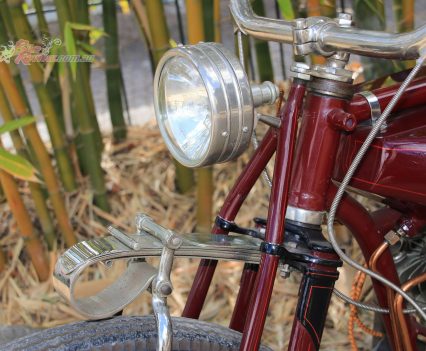




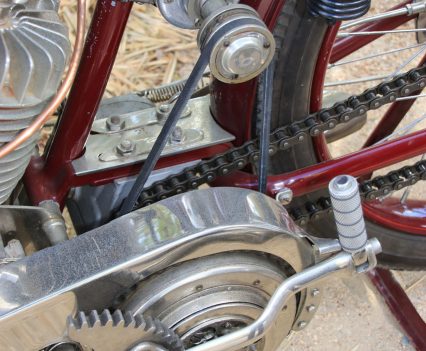
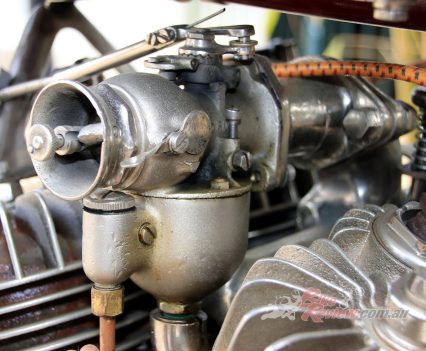



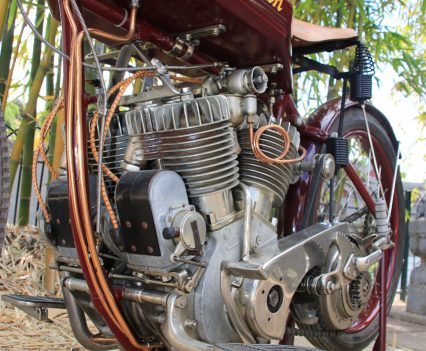
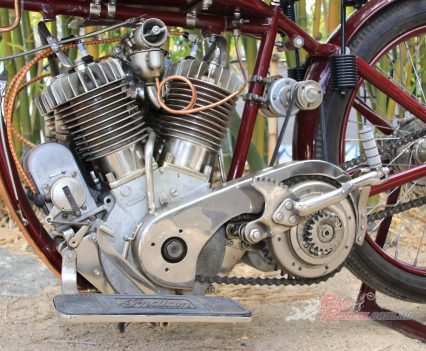



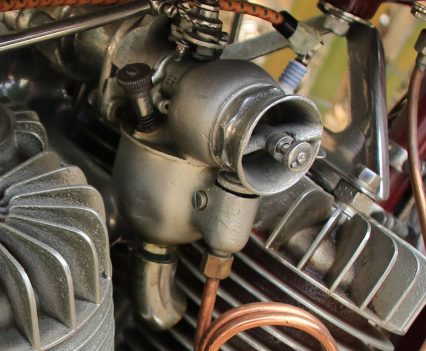
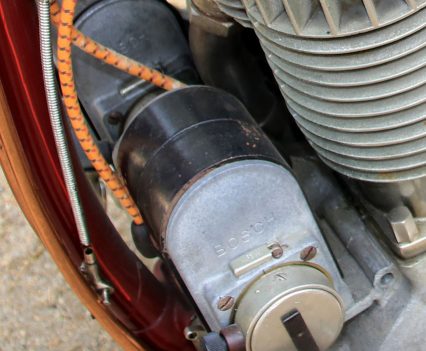
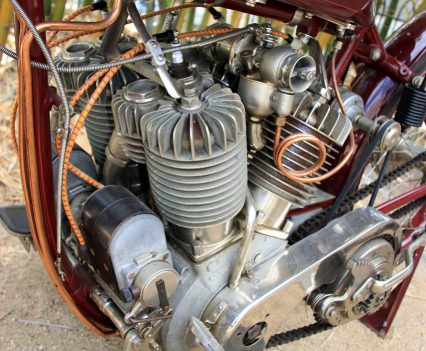
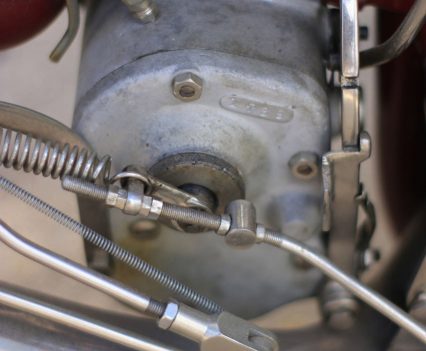

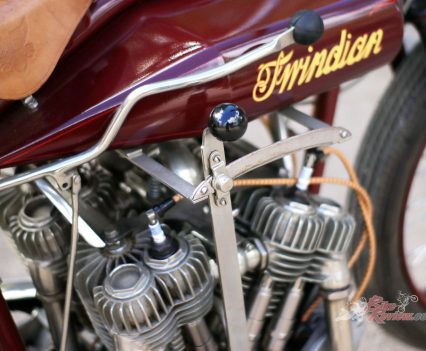
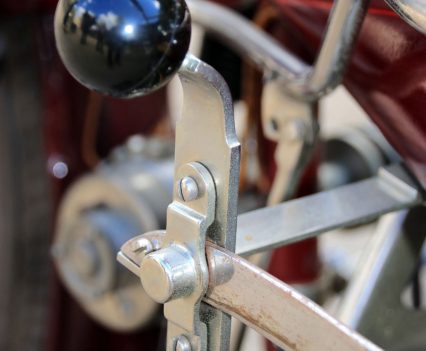
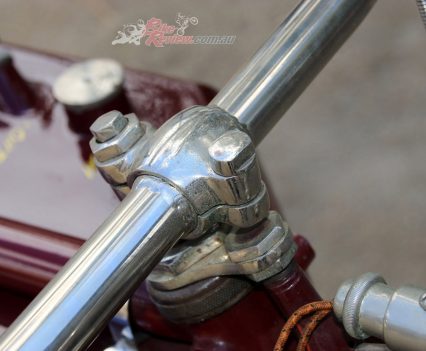
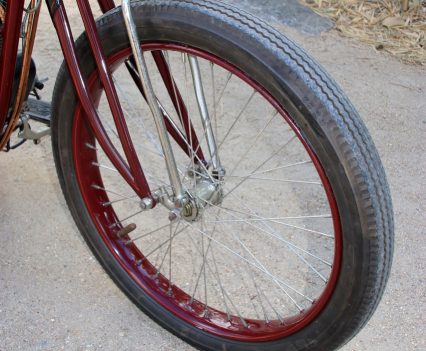



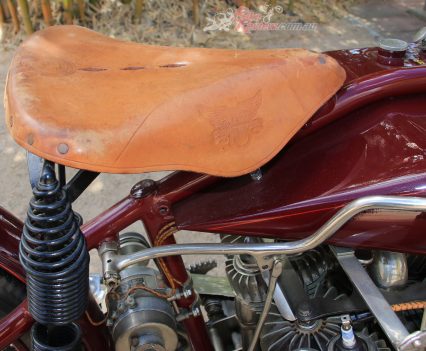

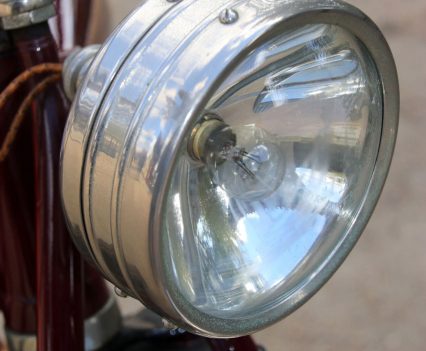
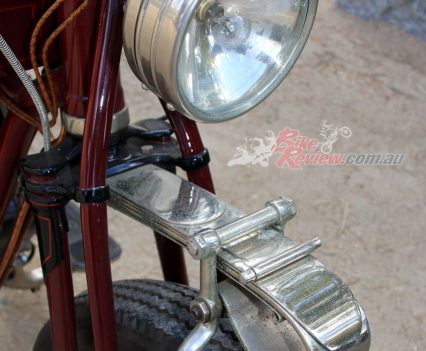
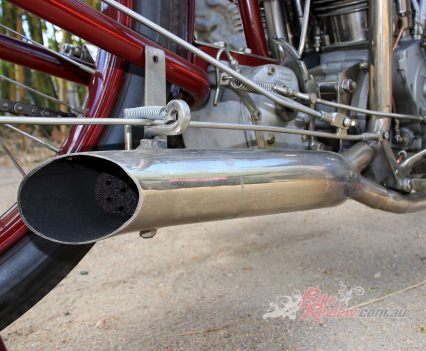

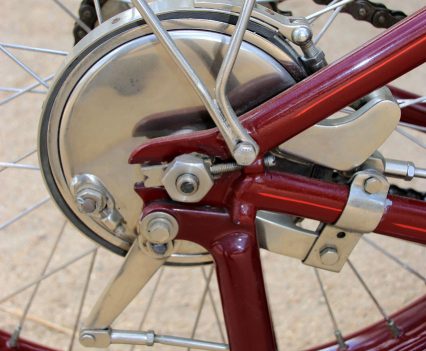



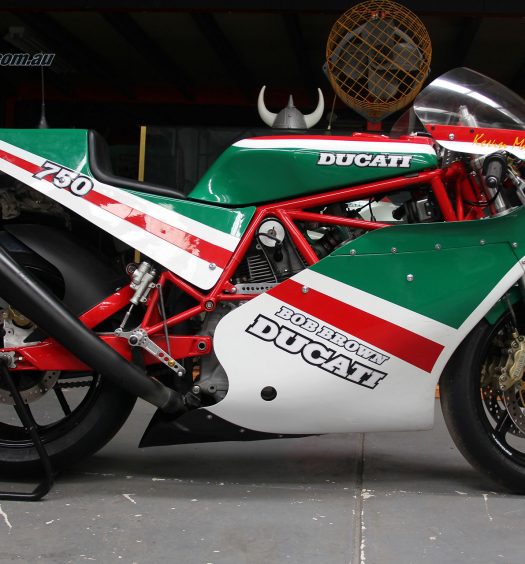
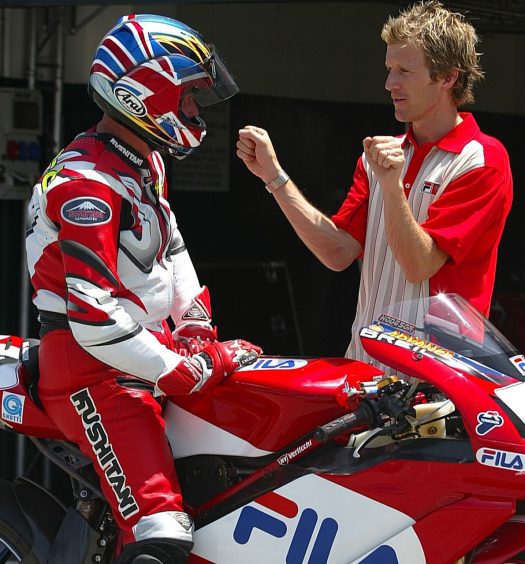





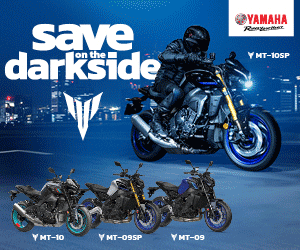








January 4, 2022
The Twindian in this article was built by my grandfather. My 88-year-old mother, Mitzi Arnold Stockel, lost track of this gem after Doug King passed away some years after his restoration of this unique motorcycle. I’m interested in connecting with the current owner in Australia to exchange contact information. The owner’s name isn’t mentioned in the article. Can you help me?
January 10, 2022
Hi Gary the owner keeps his identity pretty tight, I’ll send an intro email to you both if he approves. Cheers, Jeff.
March 10, 2024
Would like to know how he coupled them together